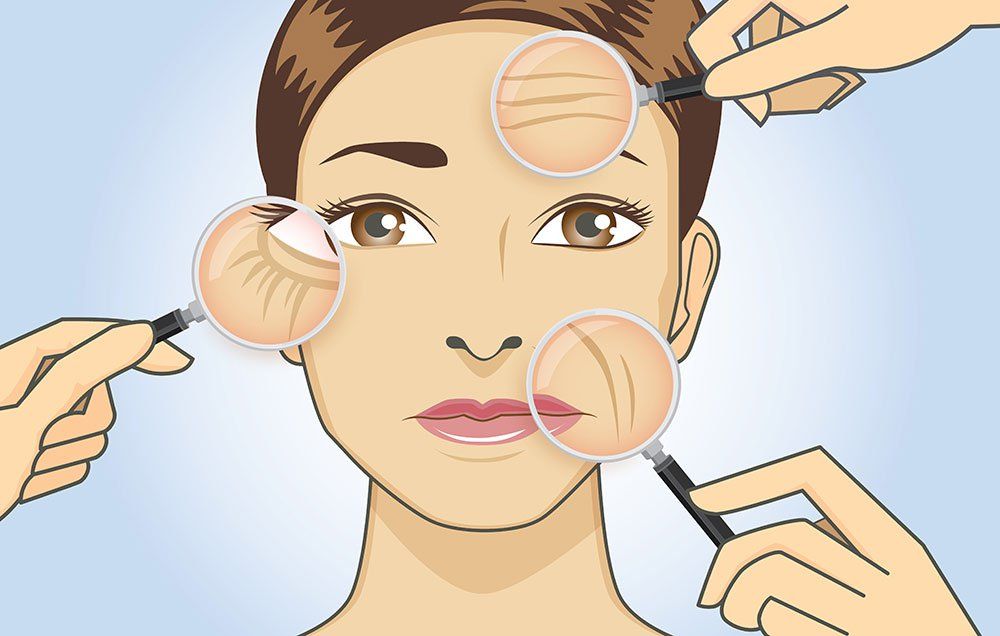Navigating Skin Cancer Cells Treatment: The Important Role of Mohs in Modern Dermatology Practices
Skin cancer cells, a challenging medical diagnosis, often leaves individuals grappling with countless treatment choices. As we discover the complexities of this treatment, one will certainly appreciate its critical function in skin cancer cells therapy.
Understanding Skin Cancer: Kinds and Threats
There are 3 major kinds of skin cancer: Basic cell carcinoma, Squamous cell cancer, and Melanoma. It accounts for only about 1% of skin cancer situations however causes the substantial bulk of skin cancer deaths. Risk elements include fair skin, history of sunburn, excessive sunlight direct exposure, living at high altitudes or shut to the equator, having lots of moles, a household background of skin cancer, and damaged immune system.
What Is Mohs Surgical treatment and Exactly How It's Reinventing Skin Cancer Therapy
Regardless of the many therapies currently readily available for skin cancer, Mohs surgical procedure stands apart as a groundbreaking and very effective remedy. Called after Frederic E. Mohs, the doctor that developed the procedure, Mohs surgical procedure is an accurate medical technique used to deal with skin cancer cells. During the treatment, slim layers of cancer-containing skin are progressively eliminated and examined until just cancer-free cells remains. This method enables the doctor to confirm that all cancer cells have actually been eliminated at the time of surgical treatment. This degree of accuracy, incorporated with the ability to spare as much healthy cells as feasible, is changing skin cancer therapy. Consequently, Mohs surgical procedure has become a foundation of contemporary dermatology techniques.
The Advantages of Mohs Surgery Over Traditional Skin Cancer Cells Therapies
Structure on the ingenious nature of Mohs surgical treatment, it's necessary to consider its countless advantages over traditional skin cancer cells therapies. Unlike standard operating procedures, Mohs uses a higher cure price, commonly reaching 99% for first-time treatments and 94% for reoccurring cancers cells. This accuracy is because of its one-of-a-kind technique of considerably removing and checking out tissue layers until just cancer-free cells continue to be (dermatologist). Additionally, it minimizes damage to healthy skin, resulting in much less scarring and improved cosmetic outcomes. Mohs also offers prompt outcomes, eliminating the anxiety-ridden delay common useful source with various other techniques. It's cost-effective, as the surgical treatment and tiny evaluation occur simultaneously, getting rid of the demand for additional research laboratory services. Therefore, Mohs stands for a significant innovation in dermatological methods.
The Treatment of Mohs Surgical Procedure: What to Expect Throughout the Refine

Possible Negative Effects and Post-Operative Treatment of Mohs Surgery
Undergoing Mohs surgical treatment, like any other medical treatment, involves prospective side results that clients must be mindful of. Common side impacts consist of discomfort, wounding, and swelling at the surgical procedure site. These are typically momentary and convenient with over-the-counter pain medicine and ice packs. In unusual instances, people may experience infection, bleeding, or an allergic reaction to the regional anesthetic. Post-operative treatment is important to recovery and minimizing adverse effects. Read More Here This usually includes keeping the wound clean and dry, taking proposed medicines, and preventing difficult activities. People should also attend all follow-up appointments for injury treatment and surveillance. Sometimes, added therapies may be required to guarantee complete removal of the cancerous cells. Complying with these post-operative care standards can greatly boost recuperation and results.
Verdict
